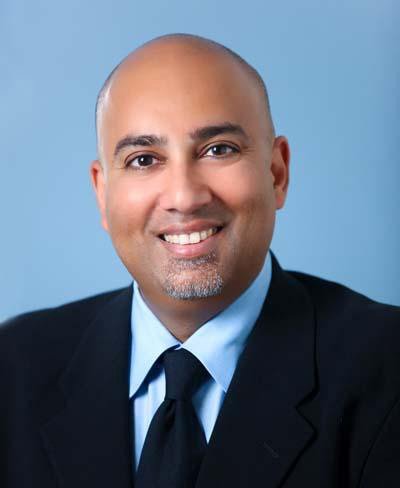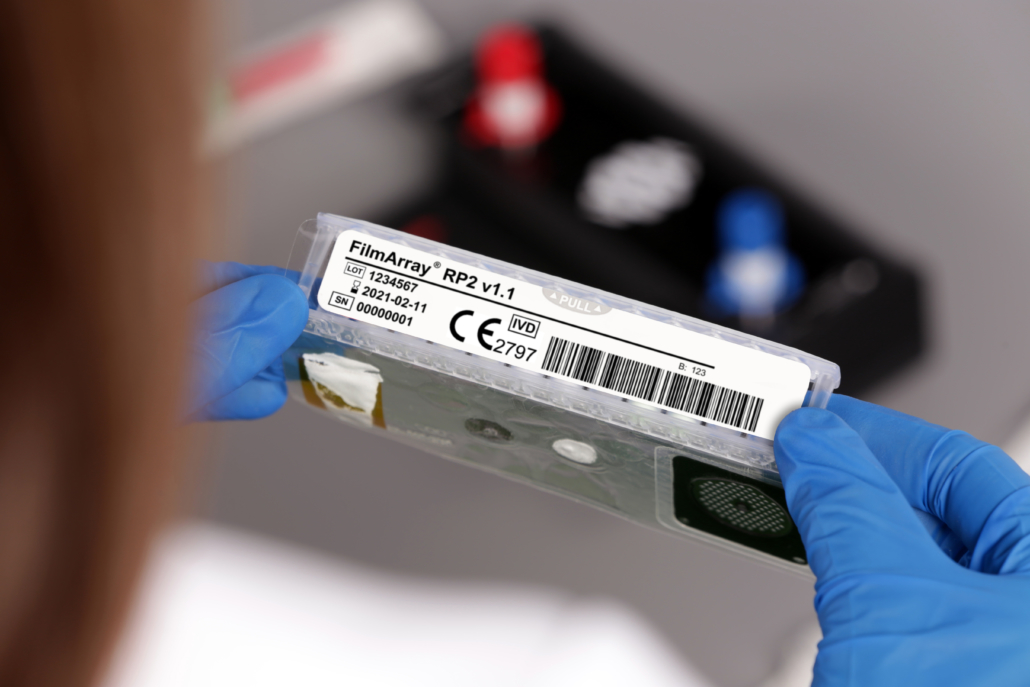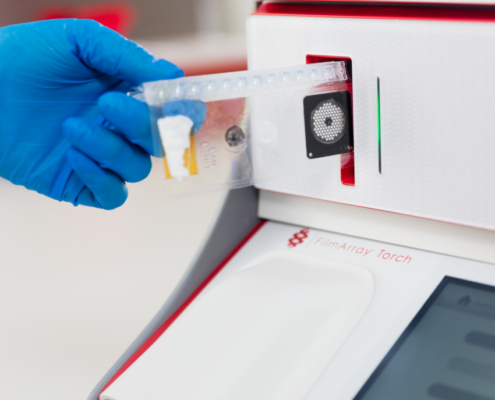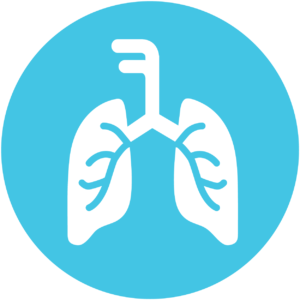Detect and Serve: How Respiratory Syndromic Testing Impacted an ID Physician
Many different pathogens cause respiratory infections with nearly indistinguishable symptoms. This makes diagnosing respiratory infections difficult. The BioFire® FilmArray® Respiratory 2 (RP2) Panel detects 21 pathogen targets in just 45 minutes, giving physicians comprehensive results that can inform rapid therapy decisions.
Infectious disease specialist Dr. Javeed Siddiqui, co-founder and chief medical officer of TeleMed2U, the largest private telemedicine practice in the state of California, explains the difference the BioFire RP2 Panel has made to his practice.
As an ID physician, how does respiratory season impact your daily workload?
Dr. Javeed Siddiqui: During the winter season there is an increase in the presence of viral and bacterial infections leading to respiratory tract illnesses. At this time, hospital-based providers often see an increase in the number of patients being admitted and patients presenting to the emergency department in respiratory distress. This can lead to a substantial increase in clinical workload.
What are you able to distinguish and act upon based on clinical presentation alone?
From my personal experience over the past three years, I doubt that our current diagnostic capabilities make it possible to truly differentiate between influenza and other viruses. Although there is a classical definition of the clinical presentation of the influenza virus, it was established before we had the tools to distinguish it from other viruses. Until relatively recently, who could truly know the clinical presentation of influenza virus, coronavirus, adenovirus, or human metapneumovirus virus? How could we truly classify a clinical presentation when, outside of the influenza virus, our ability for pathogen identification was so limited?
In my current clinical experience, when I believe the constellation of symptoms is consistent with influenza virus, I find that the pathogen identification is often another respiratory virus. After several years of this type of feedback, I question the validity of our current classical symptoms knowledge and believe that we must re-evaluate the clinical presentation of several of the respiratory viral pathogens.
Can you provide an example of how the BioFire RP2 Panel can influence therapy decisions?
Not long after instituting the BioFire RP2 Panel, we had a patient who presented acutely ill to our emergency department with fever and significant respiratory distress, requiring intubation and immediate transfer to the intensive care unit.
The patient was immediately and appropriately started on broad-spectrum antibiotics consisting of linezolid and cefepime. Within two hours of hospitalization, the RP2 indicated the presence of human metapneumovirus from the patient’s nasopharyngeal swab.
It was the clinical presentation coupled with understanding the pathogen and confidence in the pathogen-identification system that led us to conclude that this patient’s illness was due to human metapneumovirus, and also to discontinue the broad-spectrum antibacterial therapy. Within two hours of being at our hospital, we were able to tell the family that we had identified the causative pathogen and were doing everything possible for the patient.
Over the next two weeks, the patient recovered and was discharged without exposure to a prolonged course of broad-spectrum antibiotics that he did not need, and without having to endure toxicities such as Clostridium difficile-associated diarrhea. The BioFire technology enabled us to provide the best care for this patient.
When is it important to know if a patient is potentially infected with a respiratory pathogen other than influenza, even if there is no treatment available?
This is a common question I am asked by physicians and hospital administrators. I remind them that establishing a diagnosis is a central aspect of clinical medicine. The ability to identify a respiratory pathogen is important not only for the individual patient but as an epidemiologic lead for the community in the hospital.
As the above example shows, it means we do not unnecessarily expose patients to harsh anti-influenza medications or antibiotics. Furthermore, being able to tell patients and their families that we have identified a pathogen, and give them accurate epidemiological information about it, is a vital part of our service as physicians.
How has the availability of rapid, multiplex respiratory pathogen panels changed the way you practice medicine in cases of acute respiratory illness?
When the laboratory agreed to bring forth multiplex PCRs, the clinical team, led by the infectious diseases service and the antimicrobial stewardship program, educated the emergency department physicians, hospitalists, and intensivist on the value of pathogen identification. We have incorporated them as a tool for all patients being admitted for respiratory illness. This degree of use is changing our understanding of our community’s epidemiology of respiratory tract passages and impacting our use of antibiotics on a daily basis.
Learn More About Syndromic RP Testing from BioFire
- Visit the BioFire RP Panel webpage to learn how rapid syndromic testing can benefit your institution and to request a free demo.
- Learn how and why we take a syndromic approach to infectious disease diagnostics.
- Respiratory pathogens are especially active during the wintertime. See how real-time, pathogen-specific data from BioFire® Syndromic Trends can help track them.









